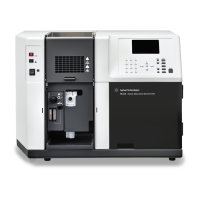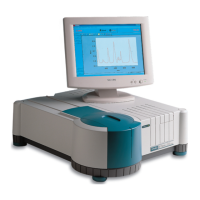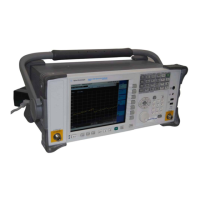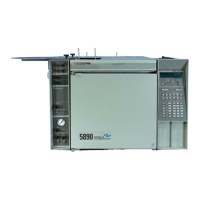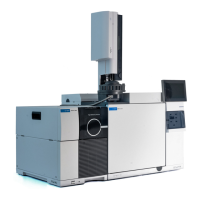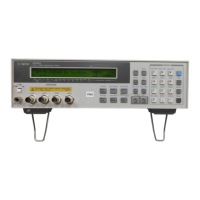22 5977B Series MSD Troubleshooting and Maintenance Manual
1 Introduction
Hydrogen Safety
Hydrogen is a commonly used GC carrier gas. Hydrogen is potentially
explosive and has other dangerous characteristics.
• Hydrogen is combustible over a wide range of concentrations. At
atmospheric pressure, hydrogen is combustible at concentrations from
4% to 74.2% by volume.
• Hydrogen has the highest burning velocity of any gas.
• Hydrogen has a very low ignition energy.
• Hydrogen that is allowed to expand rapidly from high pressure can
self-ignite.
• Hydrogen burns with a nonluminous flame which can be invisible under
bright light.
Additional information can be found in the Hydrogen Safety Guide which is
included on this Agilent 5977B HES Series MSD User Information media.
The use of hydrogen as a GC carrier gas is potentially dangerous.
When using hydrogen (H
2
) as the carrier gas or fuel gas, be aware that hydrogen
can flow into the GC oven and create an explosion hazard. Therefore, ensure that the
supply is turned off until all connections are made, and that the inlet and detector
column fittings are either connected to a column or capped at all times when
hydrogen is supplied to the instrument.
Hydrogen is flammable. Leaks, when confined in an enclosed space, may create a
fire or explosion hazard. In any application using hydrogen, leak test all
connections, lines, and valves before operating the instrument. Always turn off the
hydrogen supply at its source before working on the instrument.
